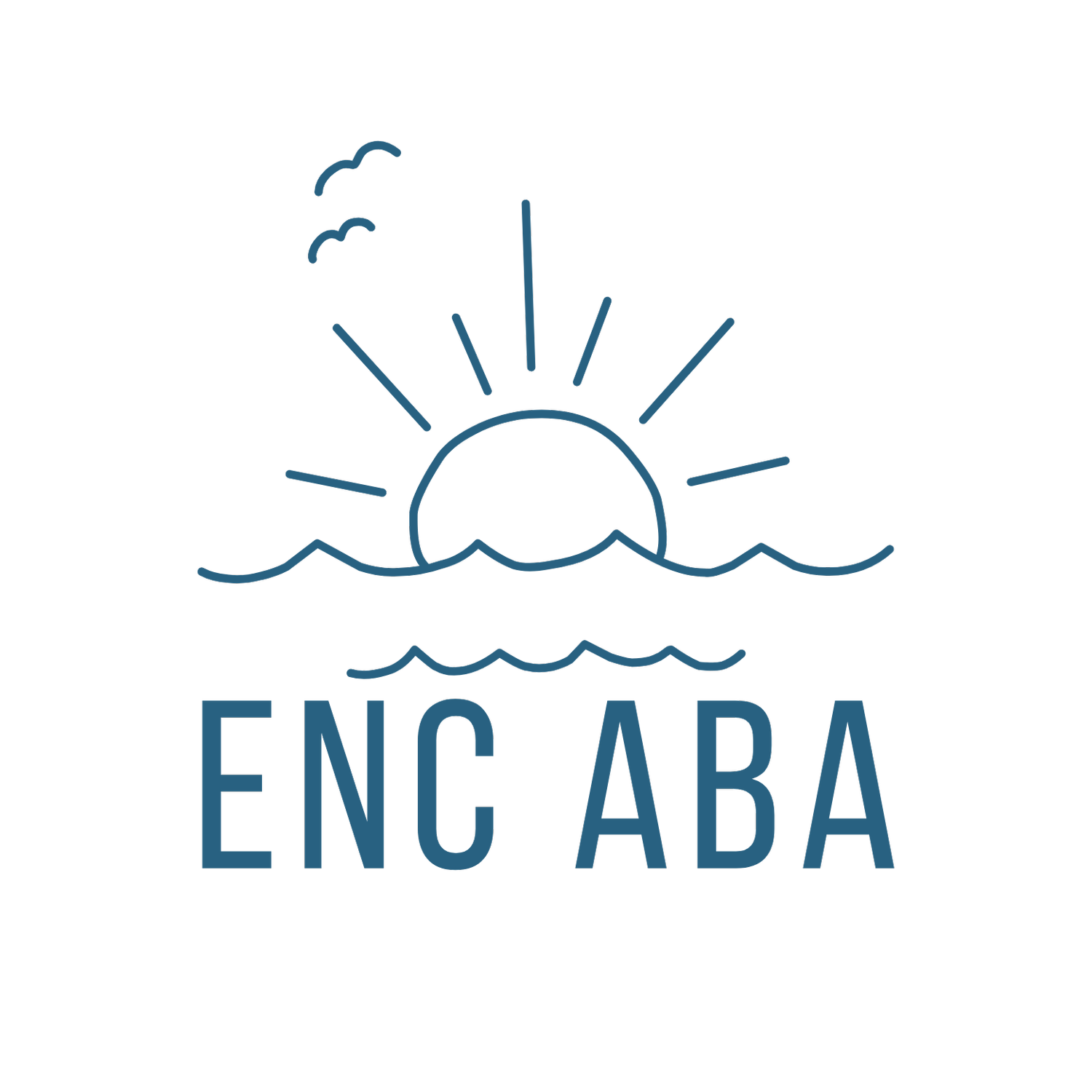BCBA Corner: Joint Attention
You may be thinking, “Why does a ‘joint’ in anyone’s body need ‘attention’ in ABA?” As funny as the many possibilities that may come to mind with the term ‘joint attention’ there are just as many skills, such as language, that are developed using this building block in ABA. Social and cognitive development may also thank joint attention as a key player. Joint attention refers to the shared attention and interest of two individuals to an external source, or in much simpler terms, refers to the shared experience between two people. Think of when an airplane flies by in the sky and those around you look up at the airplane too and comments may be exchanged.
There are two types of joint attention, which are ‘responding’ (an individual responds to a request of their attention - 1st skill introduced/worked on) and ‘initiating’ (an individual is requesting for another individual’s attention - 2nd skill worked on). There are a few curriculums a BCBA may implement to work on ‘responding’ to joint attention in the clinical setting, but there are ways to work on it at home, too! Here are a few ways you can help build this skill:
Introduce attending to yourself through fun ways. This may include the following: placing stickers on your face, wearing sunglasses, silly faces, silly voices, and being at your kiddo’s eye level.
Turn Taking - imitate your kiddo’s actions and sounds; prioritize commenting/narrating play rather than questions or presenting a task; take as many turns as your kiddo
Pointing - This is a gesture used in the clinical setting curriculums and is a great way to work on generalization, especially when paired with stating, “Look!” Easy ways to implement this is pairing the point with ‘look’ as you touch their favorite toy or when reading a book to point out characters/animals/plants.
Shifting Attention - shift your kiddo’s attention from their toy to a new toy you have. This can be achieved through placing their hand on the item you have, tapping the new item you have, and/or modeling actions/sounds the new item you have can do paired with, “Look!”.
Chelsey Tennant, BCBA
